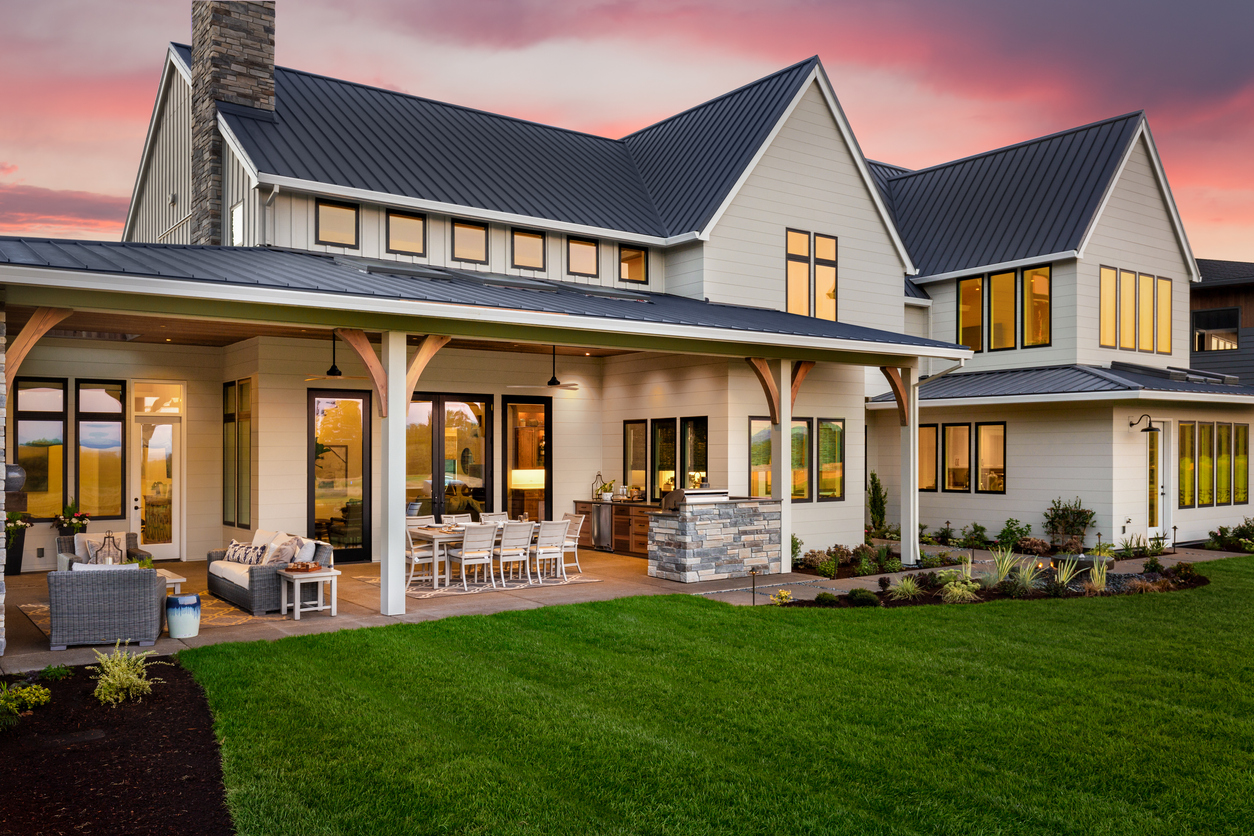Simultaneously, as many in the U.S. are seeing pandemic restrictions ease, residents are also welcoming warmer temps, the end of the school year, and, inevitably, more fun in the sun.
During the past year, many took to the outdoors as a respite from coronavirus woes. In Pennsylvania, where this author lives, the Department of Conservation and Natural Resources reported that state park attendance grew from 37 million visitors in 2019 to nearly 47 million in 2020 — a 27 percent increase. In a poll conducted by the agency, four out of five Pennsylvanians who visited parks and trails during the pandemic believe that time spent outdoors is essential to their physical and mental health. As Matthew Galluzzo, president and CEO of Pittsburgh’s RiverLife, stated: “The use of trails and open spaces has spiked 62 percent during the pandemic.”
Such stats clarify why many consumers have created oases surrounding their homes. NPR reported in September 2020 that home improvement projects in the backyard are surging. It states that there has been an almost threefold increase not only in the building of decks, but also in the number of people putting up fences.
“People have more interest in their homes, and they’re spending more time outside; they want their homes to be better,” says David Pidgeon, president of Starpower. The Dallas-based home entertainment and technology retailer and integrator has seen a rise in requests for tech of all kinds to speckle these newly crafted outdoor spaces, including audio, video, and even outdoor kitchens with pizza ovens. He predicts the demand for these types of products will level out a bit once the world returns to normal, but says he expects this trend to continue for at least the next six to 12 months.
CTA’s Vice President of Research, Steve Koenig, is noticing similar trends, particularly in outdoor audio and smart home technology such as doorbells, outdoor security cameras, and mesh networks.
“I would say competition has been heating up in recent years in [the mesh network] category just simply because everybody wants better connectivity in the home, [while also] extending that signal outside, allowing people to take their tech outdoors,” Koenig explains. “This is key when you’re installing smart home tech outside. There’s no need to run a wire; they can connect to the home’s Wi-Fi quite easily.” Broader Wi-Fi signals help extend the smart home outside — not just for laptops and streaming audio, but also for security cameras or even larger-scale video surveillance networks. According to Koenig, smart door locks with cameras are a big player, as people spend more time at home and have more products delivered to the front step. Outdoor audio, too. “Smart home, in particular, has greatly benefited from this stay-at-home dynamic,” he adds. “People are investing in bringing their homes into the 21st Century.”
Cat Toomey, CEO of marketing firm CATalyzing Communications, says her clients are seeing a surge in outdoor projects — specifically a shift from box speakers to more satellite systems, where speakers are less visible and can fit more seamlessly into the landscape, while delivering consistency of sound quality across a yard. Toomey also sees increased demand for outdoor TVs, motorized shades controlled through apps, and architectural lighting.
“With the teachings of the past year, [people] are seeking that special getaway at home, and the outdoors is an extension of their safe haven,” she says. “Landscape lighting brings the mood of well-being, peace, and comfort to the home, and the great outdoors is no exception. And this category is on the rise.” While sales are up for these outdoor systems, there are obstacles. “Some of our dealers are seeing a growing backlog of outdoor systems that they just can’t complete because of the lack of availability of other pieces in the system,” Toomey says.
In his business, Pidgeon, who primarily serves the luxury market, is capitalizing on customers’ surging interest in all things outdoor. His clients have a growing desire for larger weather-proof TVs in the 65-inch-to-75-inch range, but their general interest opens up conversations leading to full outdoor kitchens and connectivity options. He keeps in close contact with his customer base through marketing campaigns, so he can “wake them up to the possibilities of luxury living outside.”
The crucial element is the network. “It all begins with connectivity. When you’re talking with customers about connectivity in their home, [you need to find out if there are] any issues or weak spots,” Koenig says. “Then you can ask, ‘Do you want to take your technology outside?’ This may be a way to cultivate more engagement and use of technology outdoors.”

Stephanie is the Senior Managing Editor for Connected Design.















